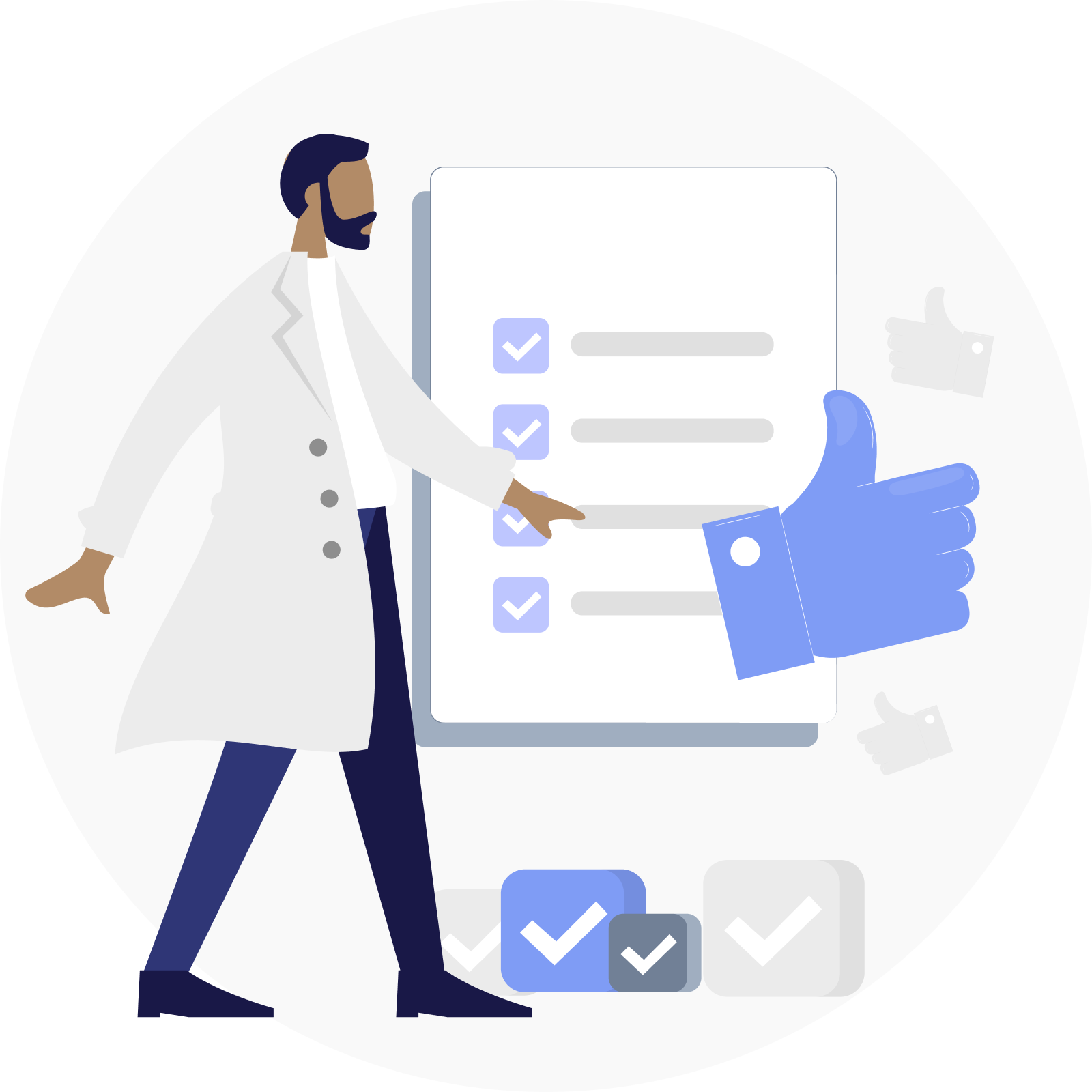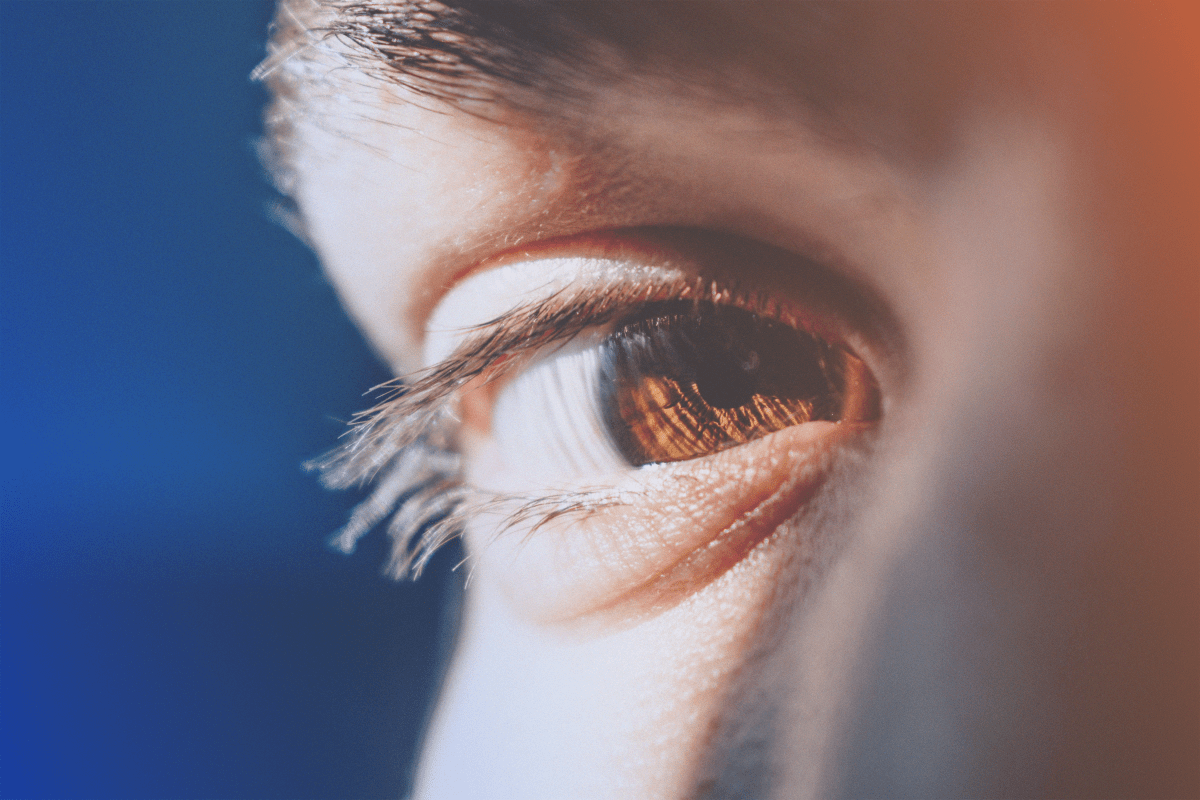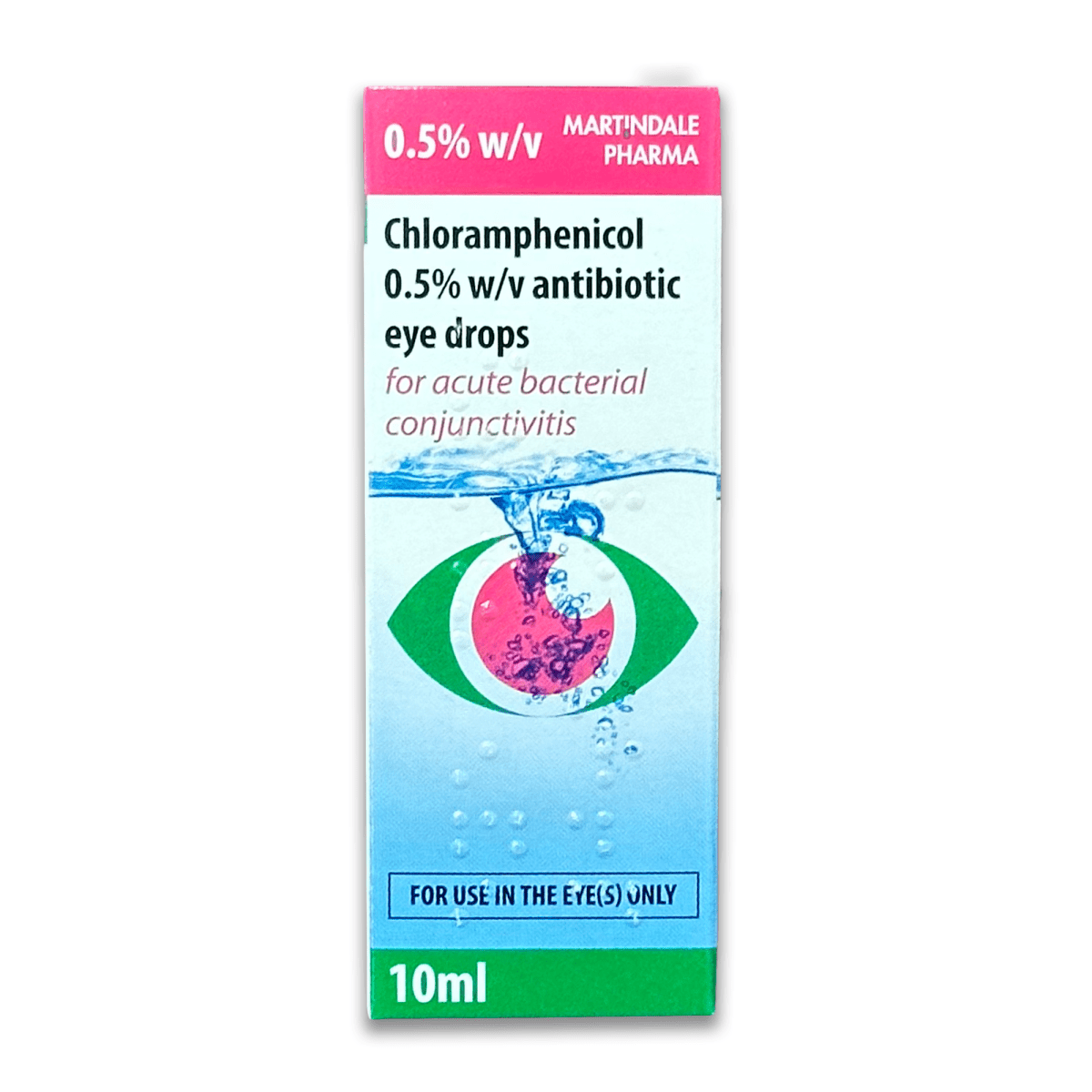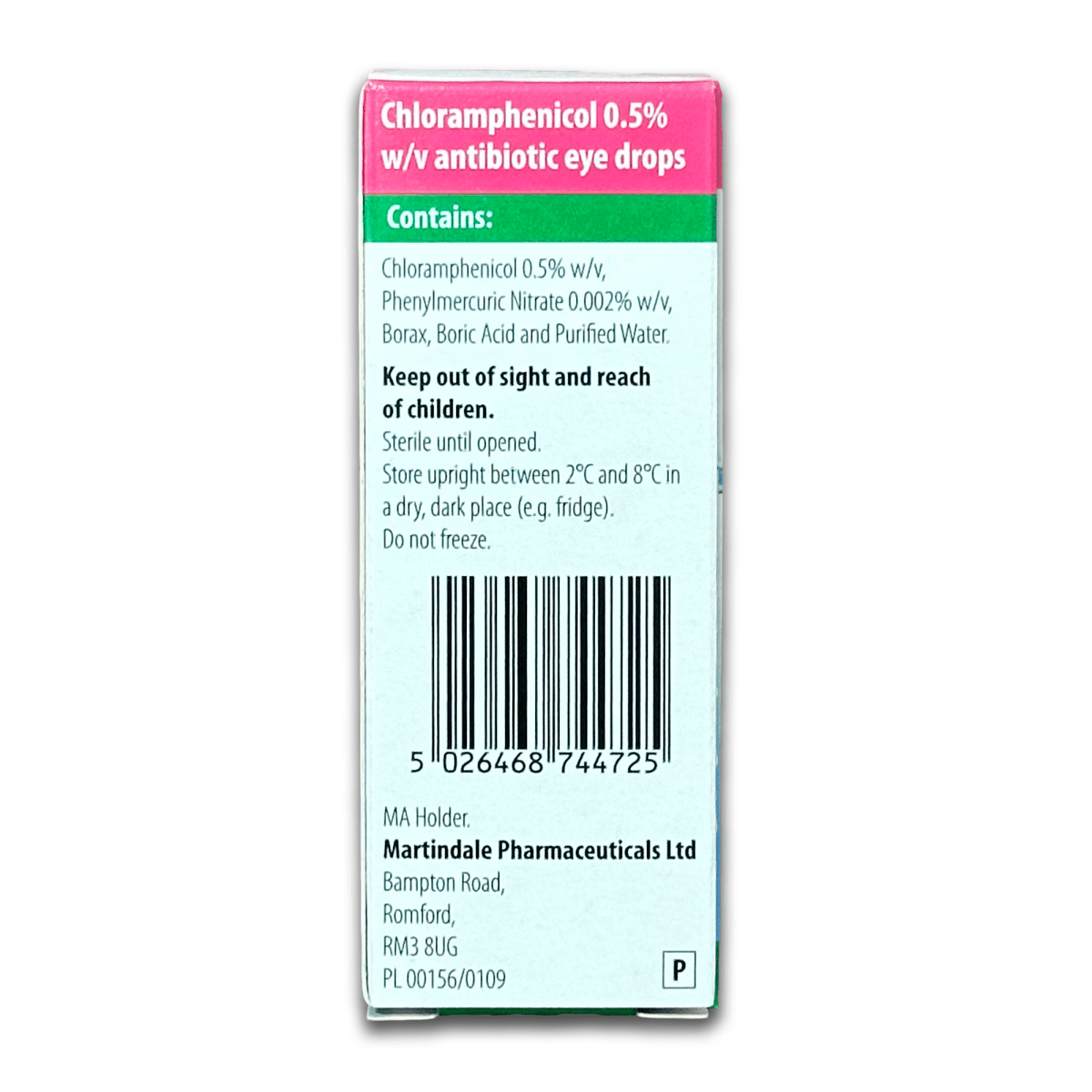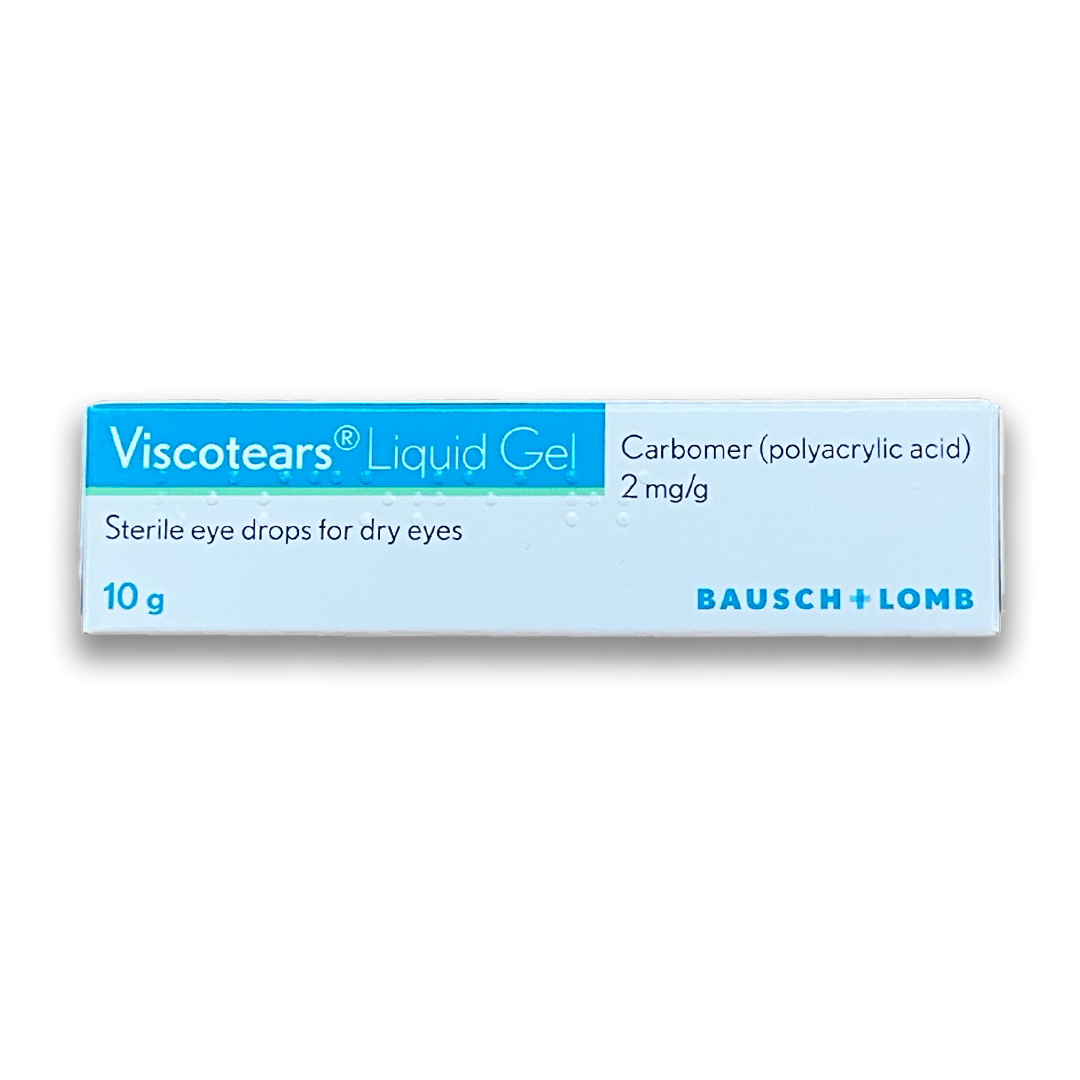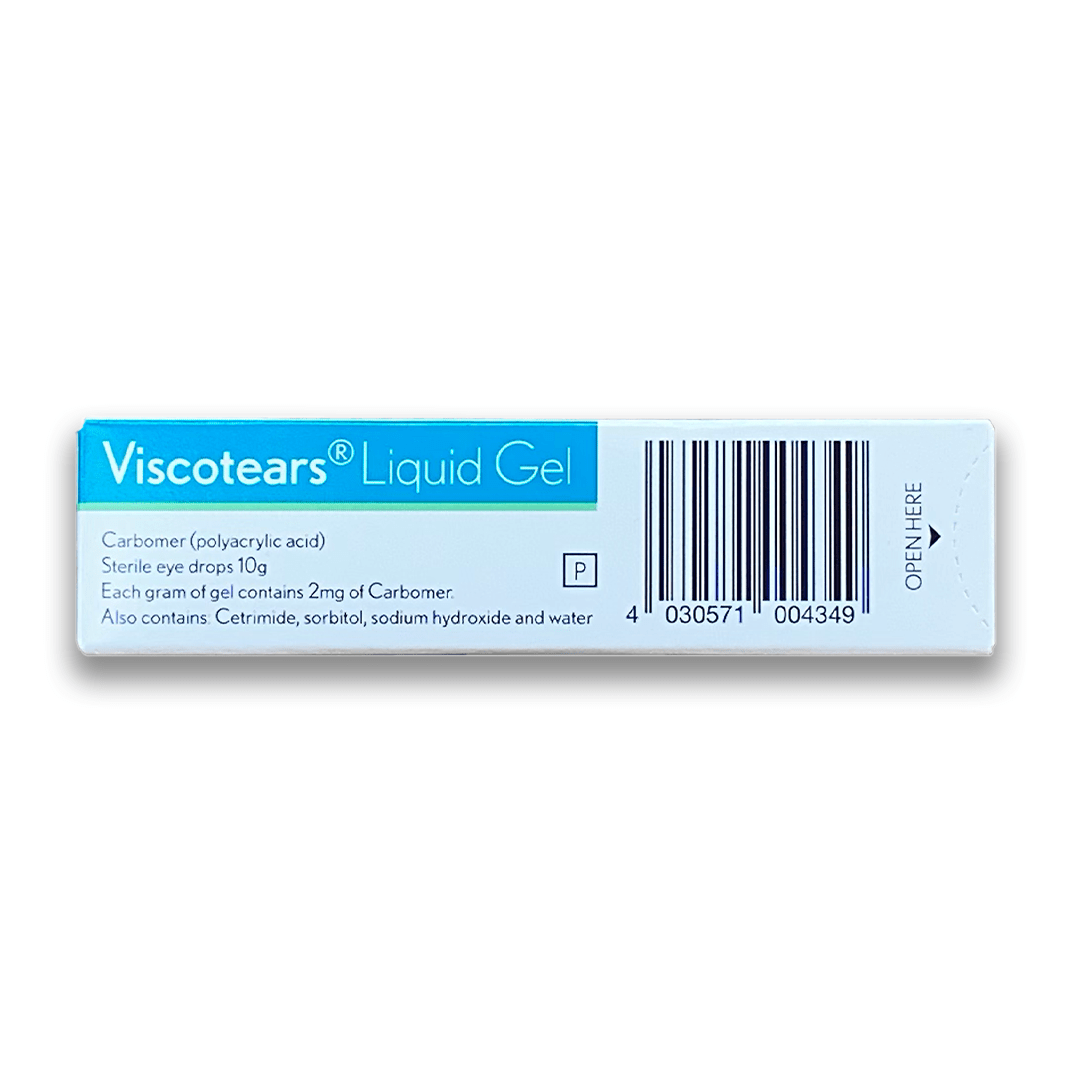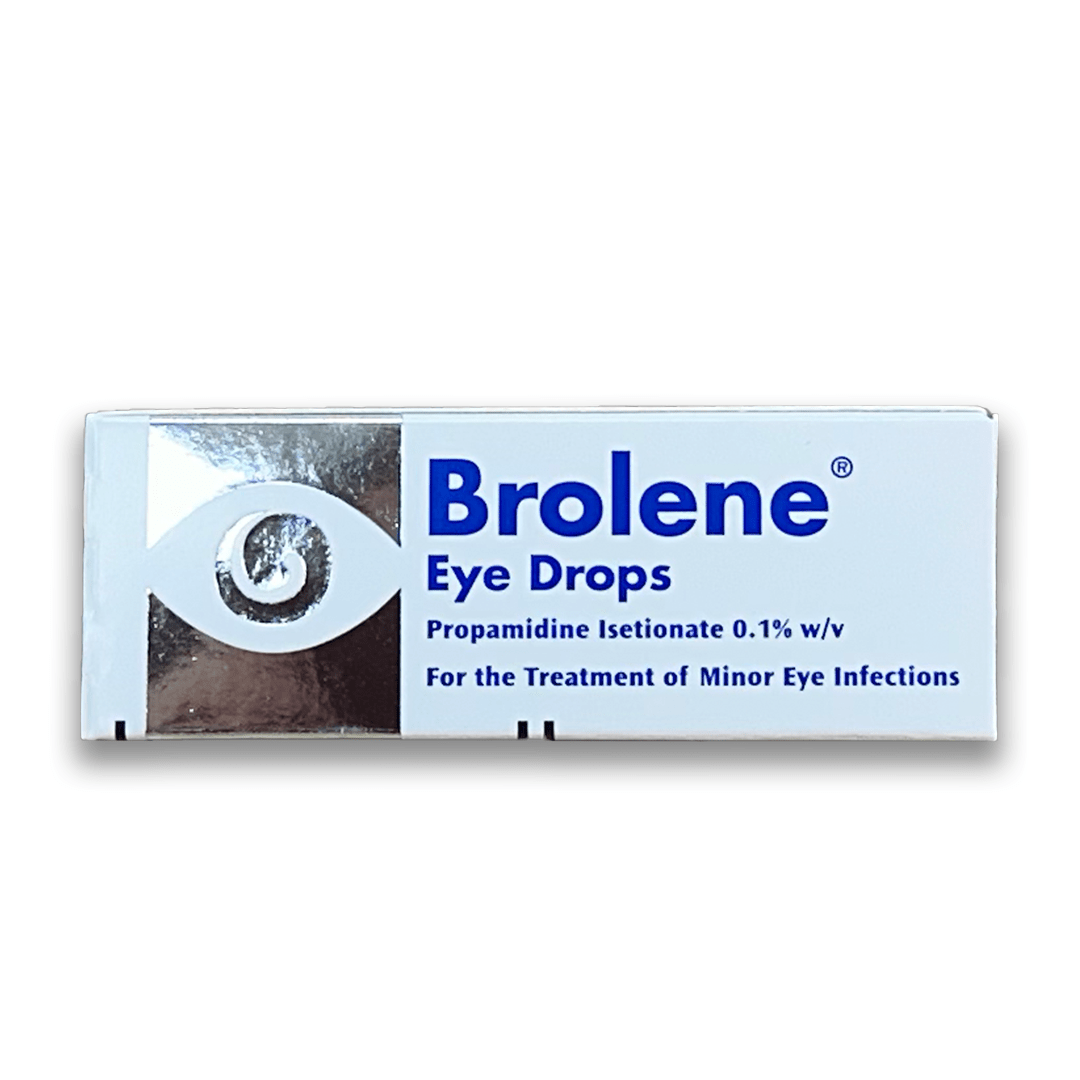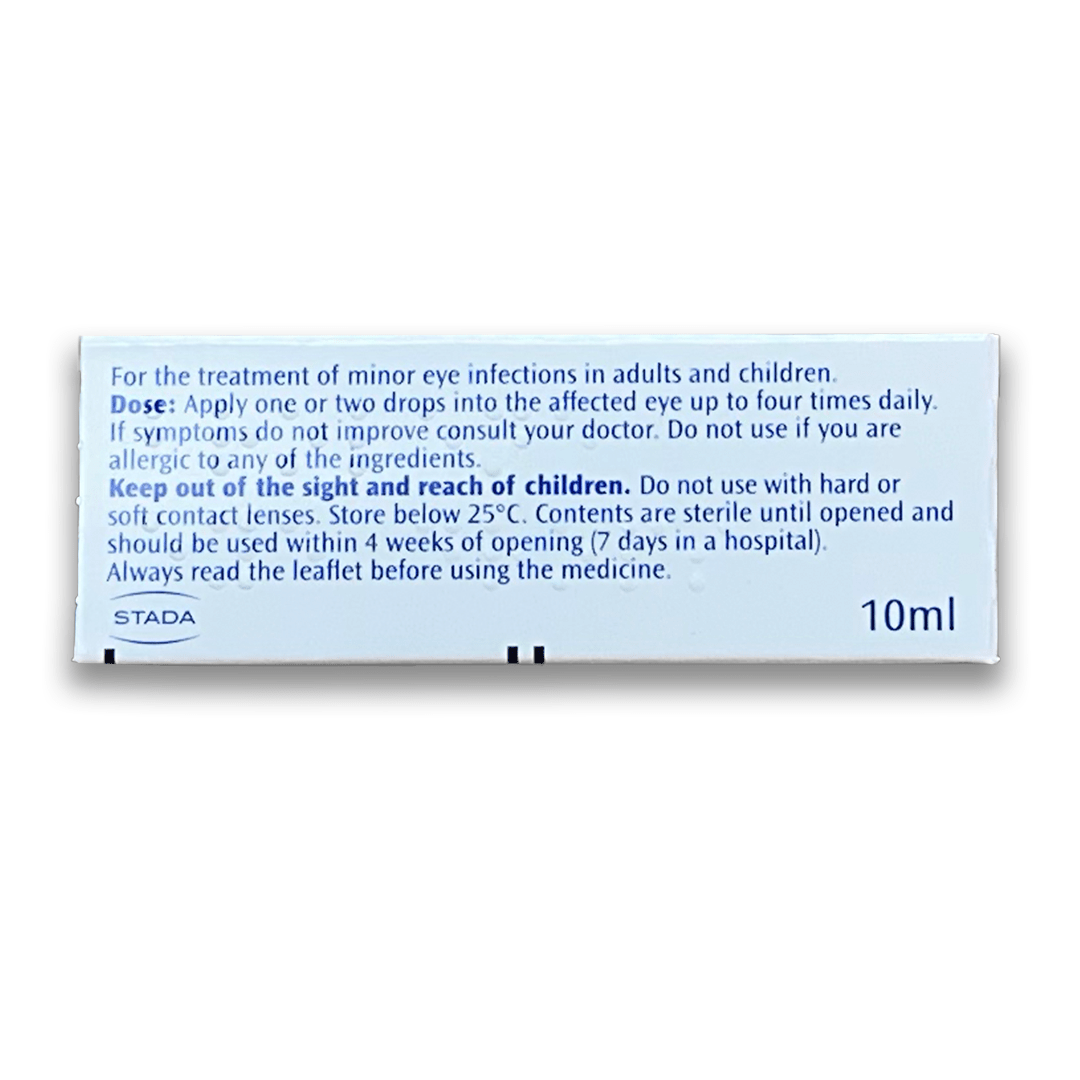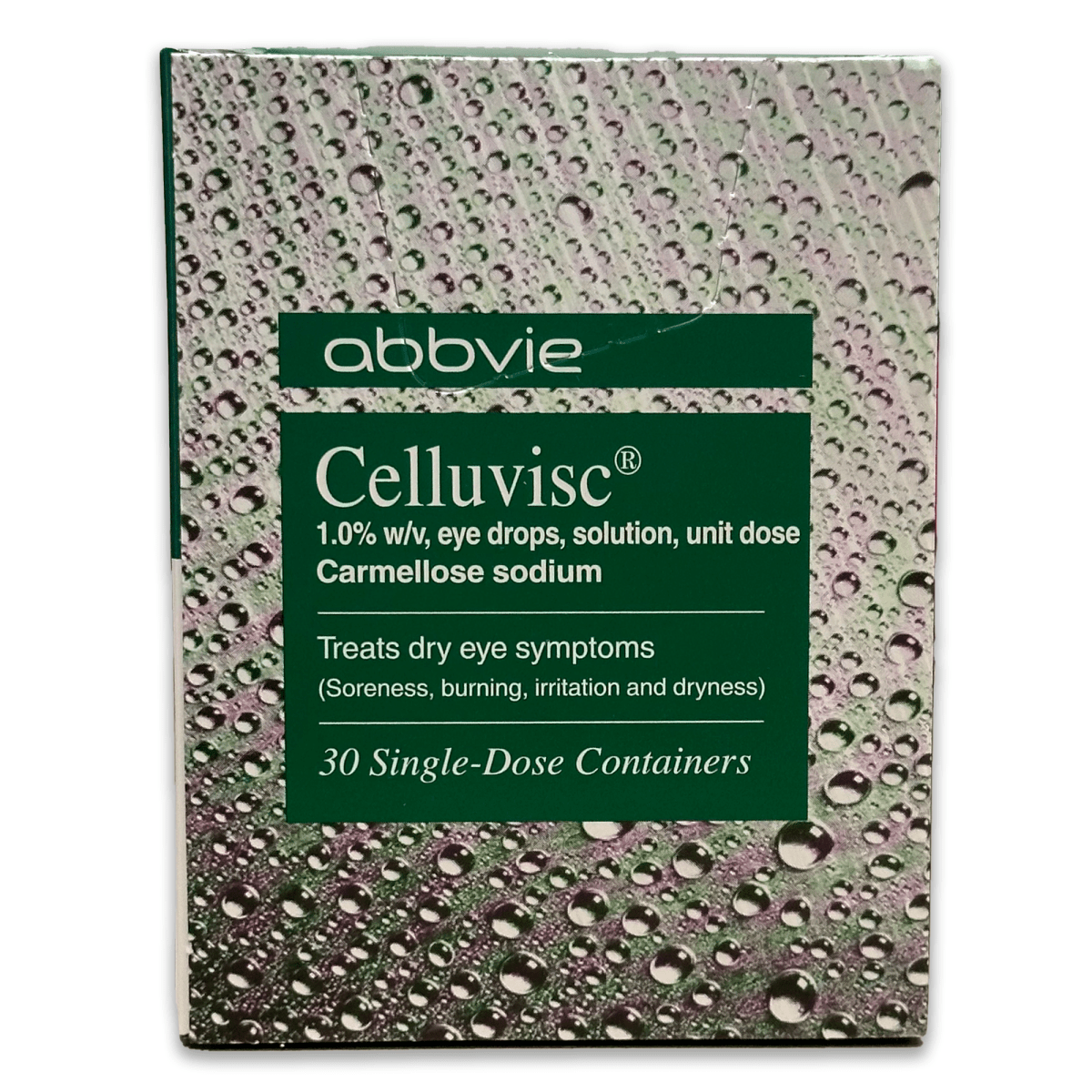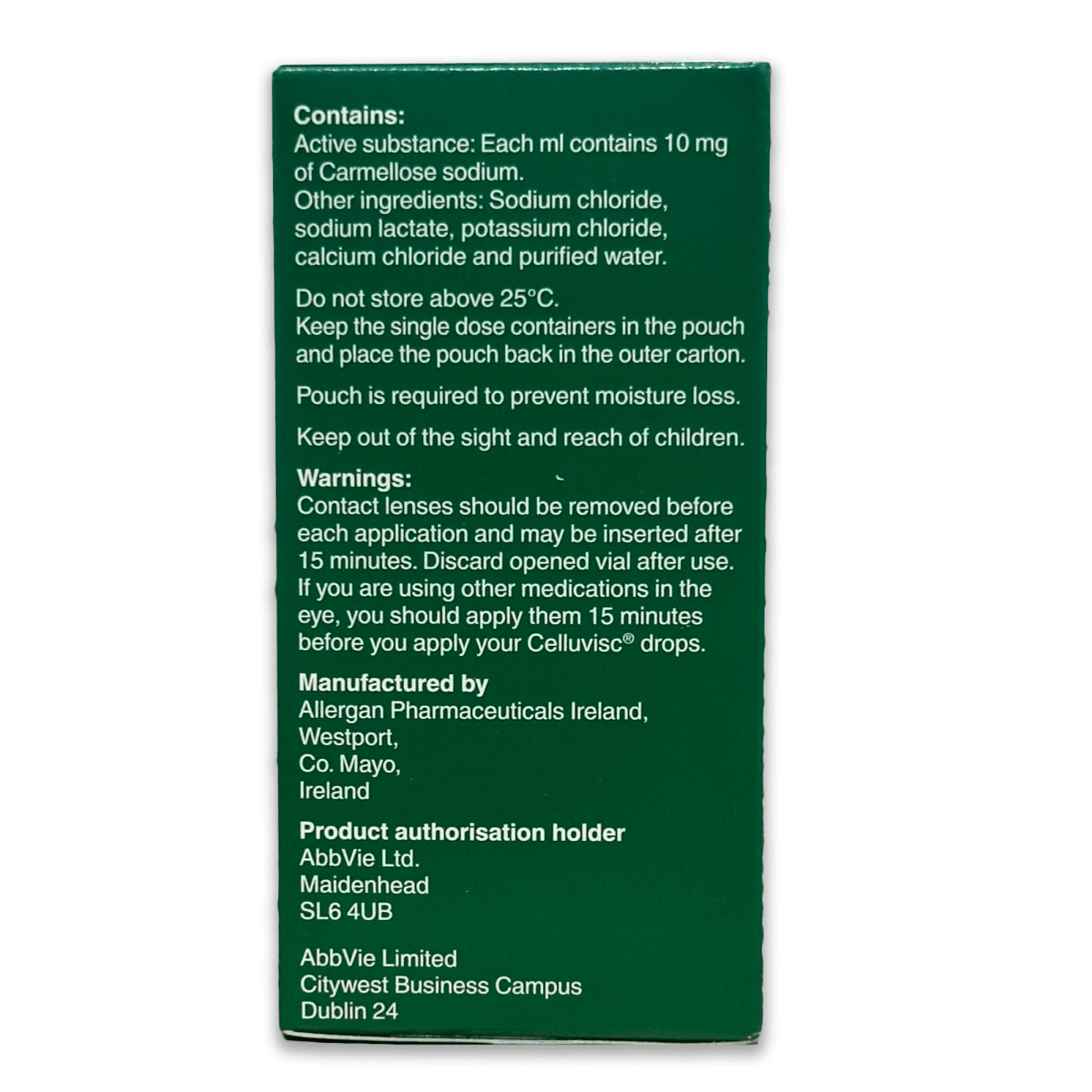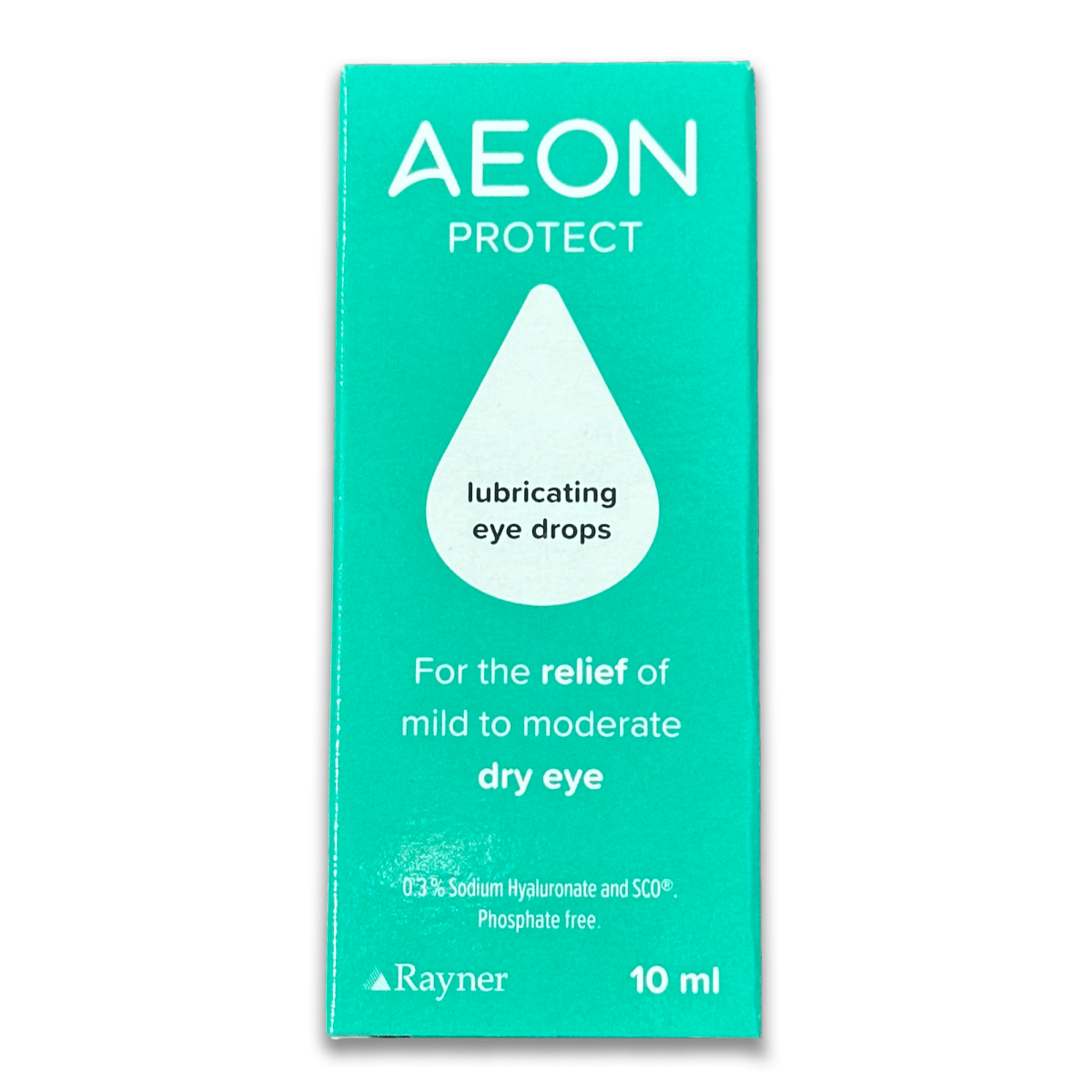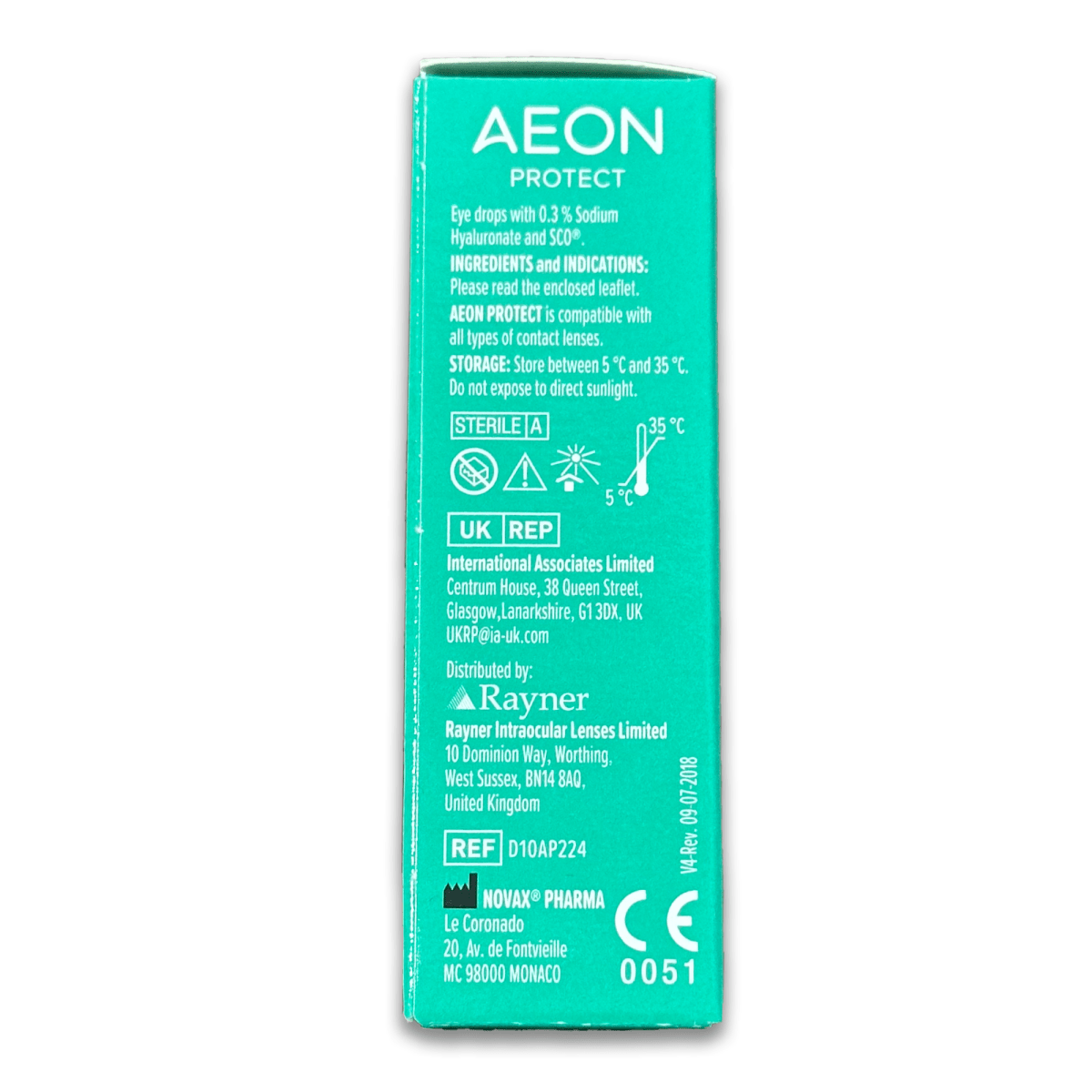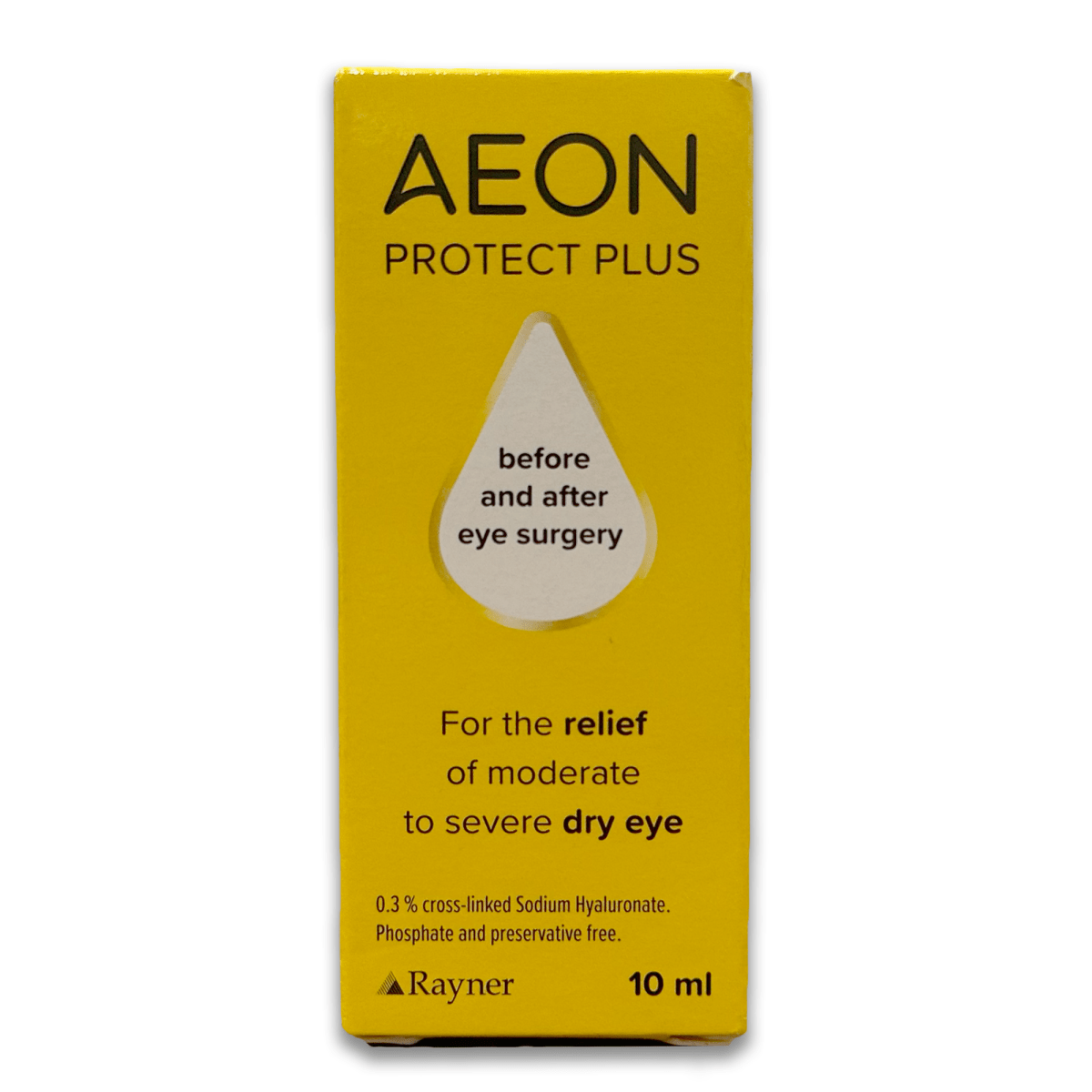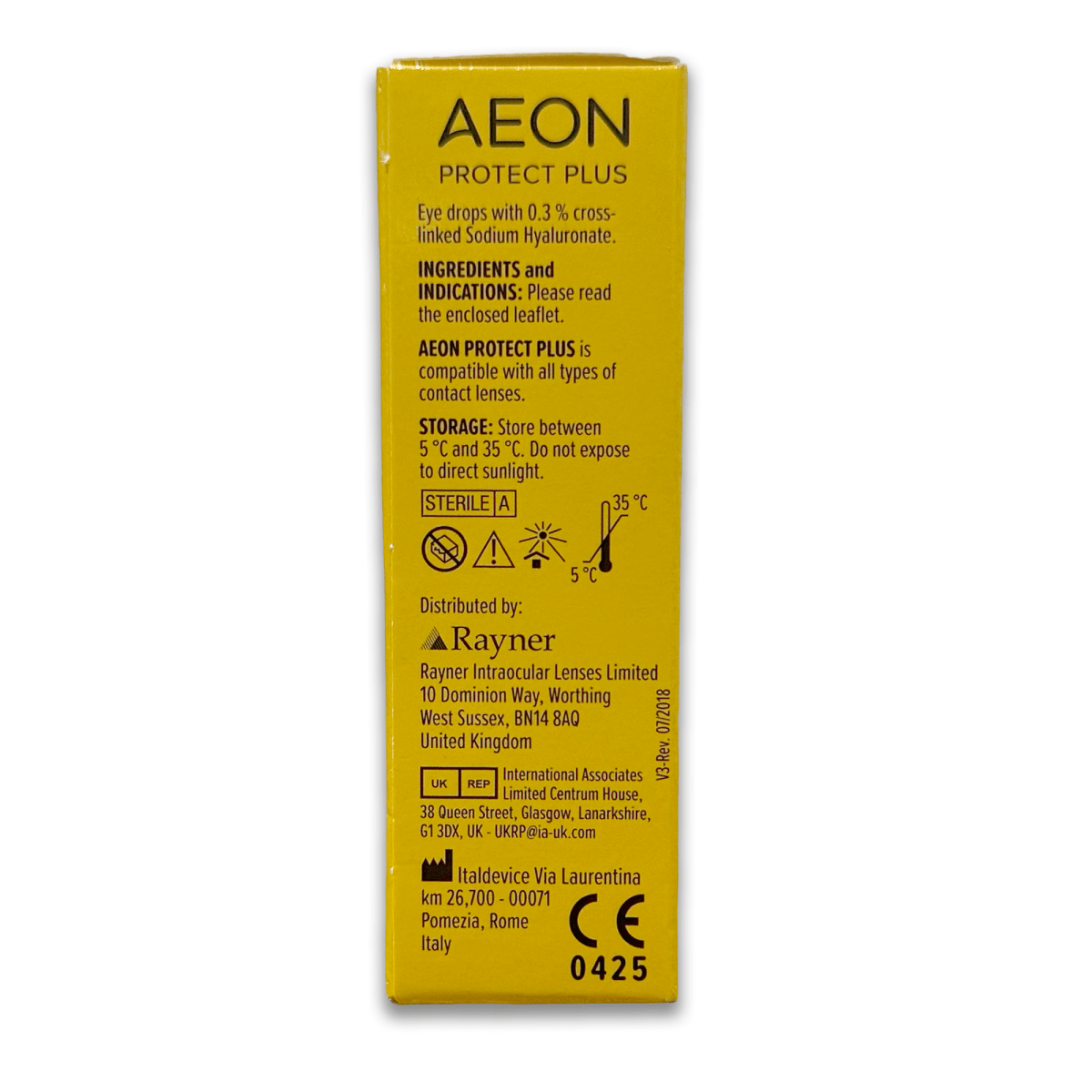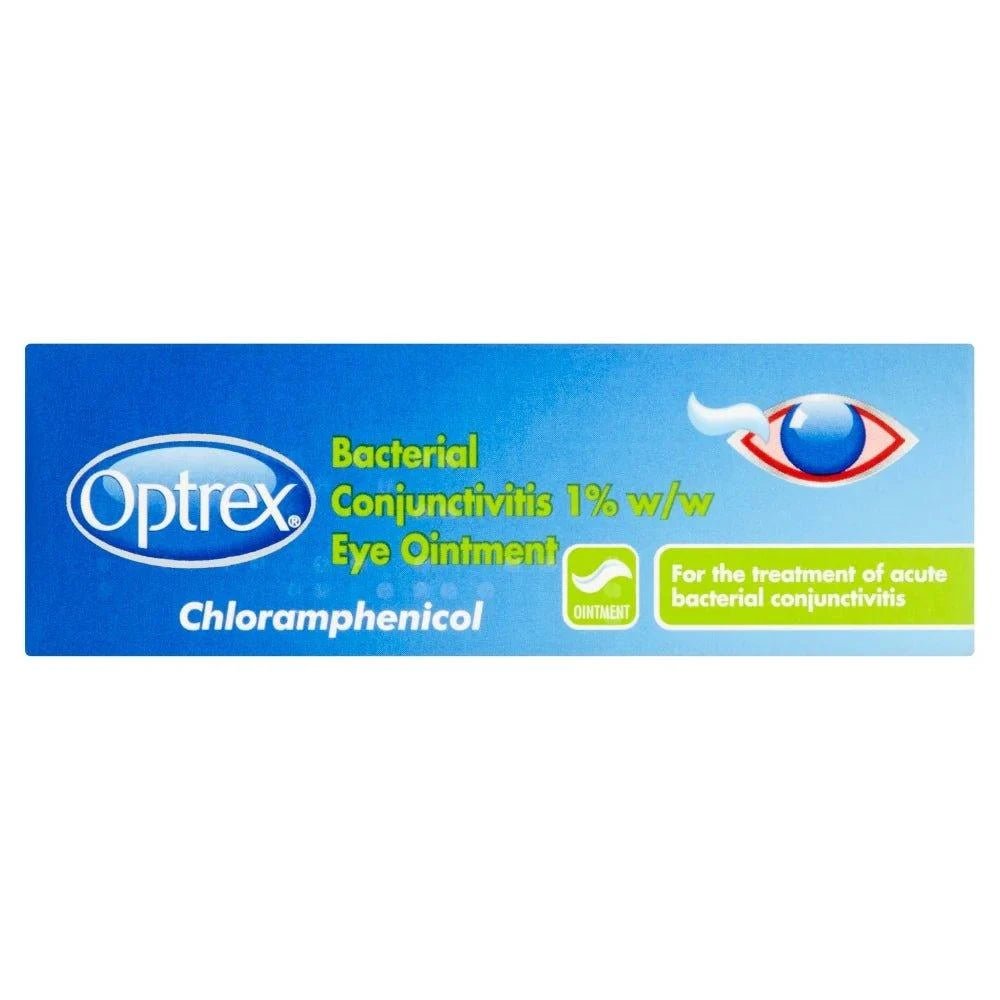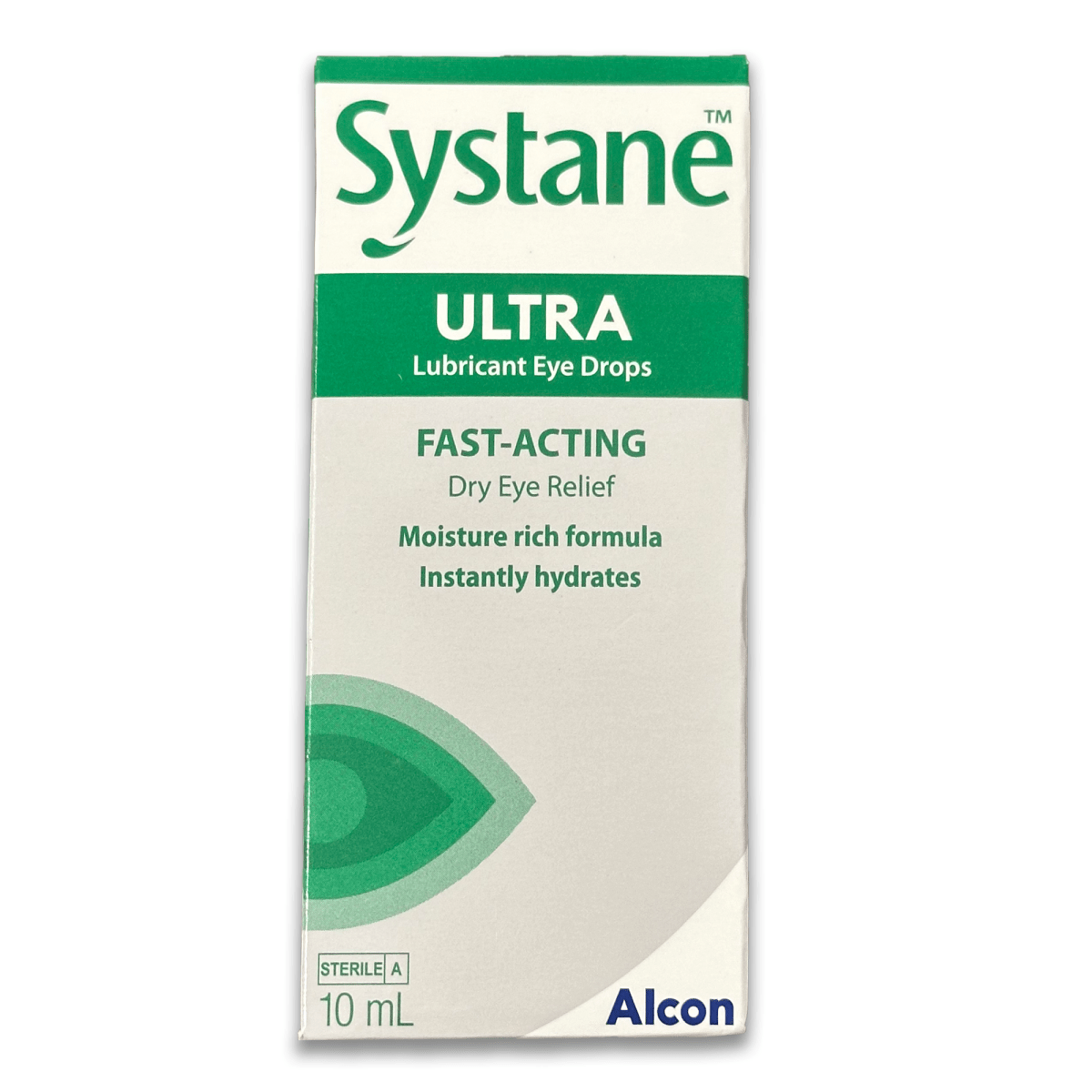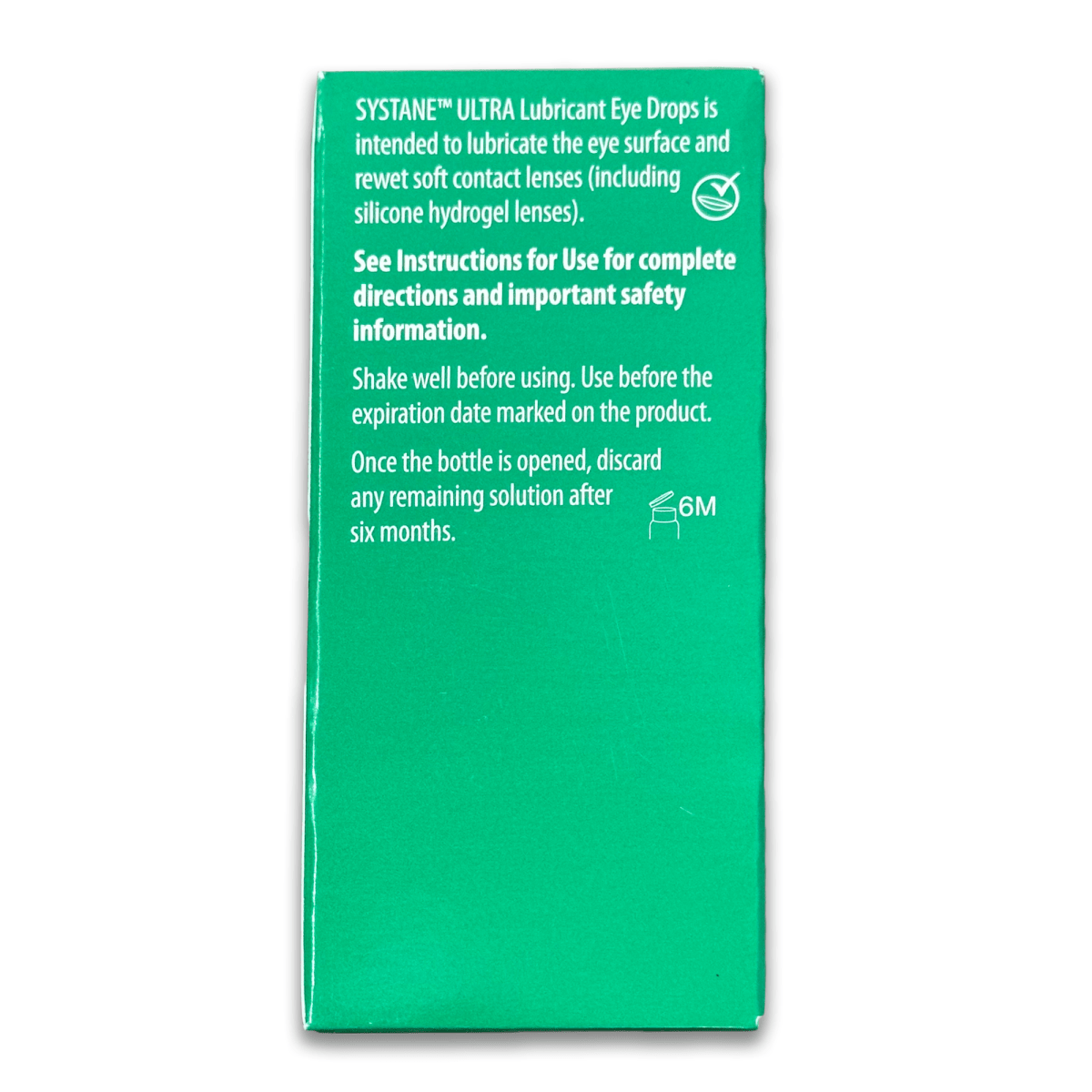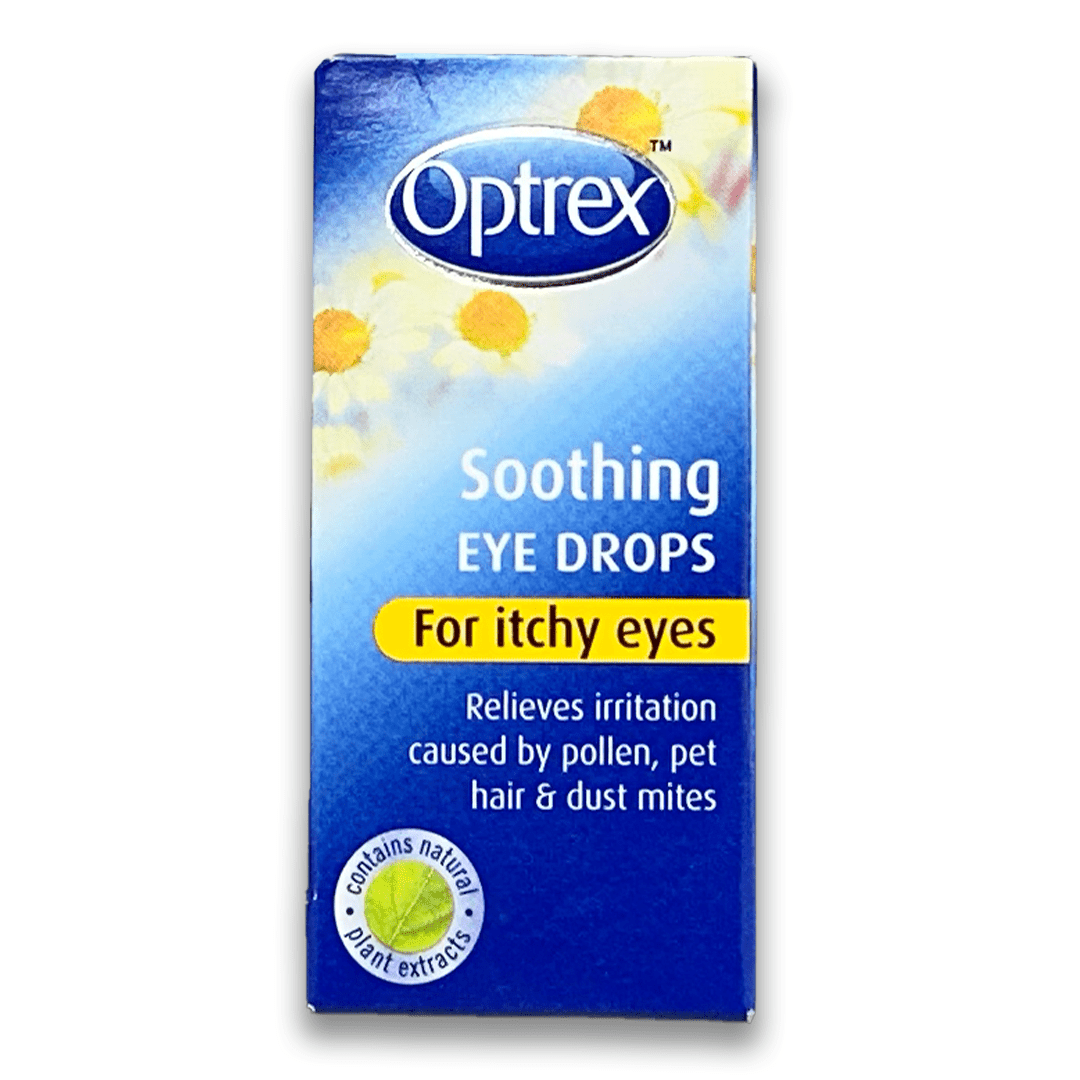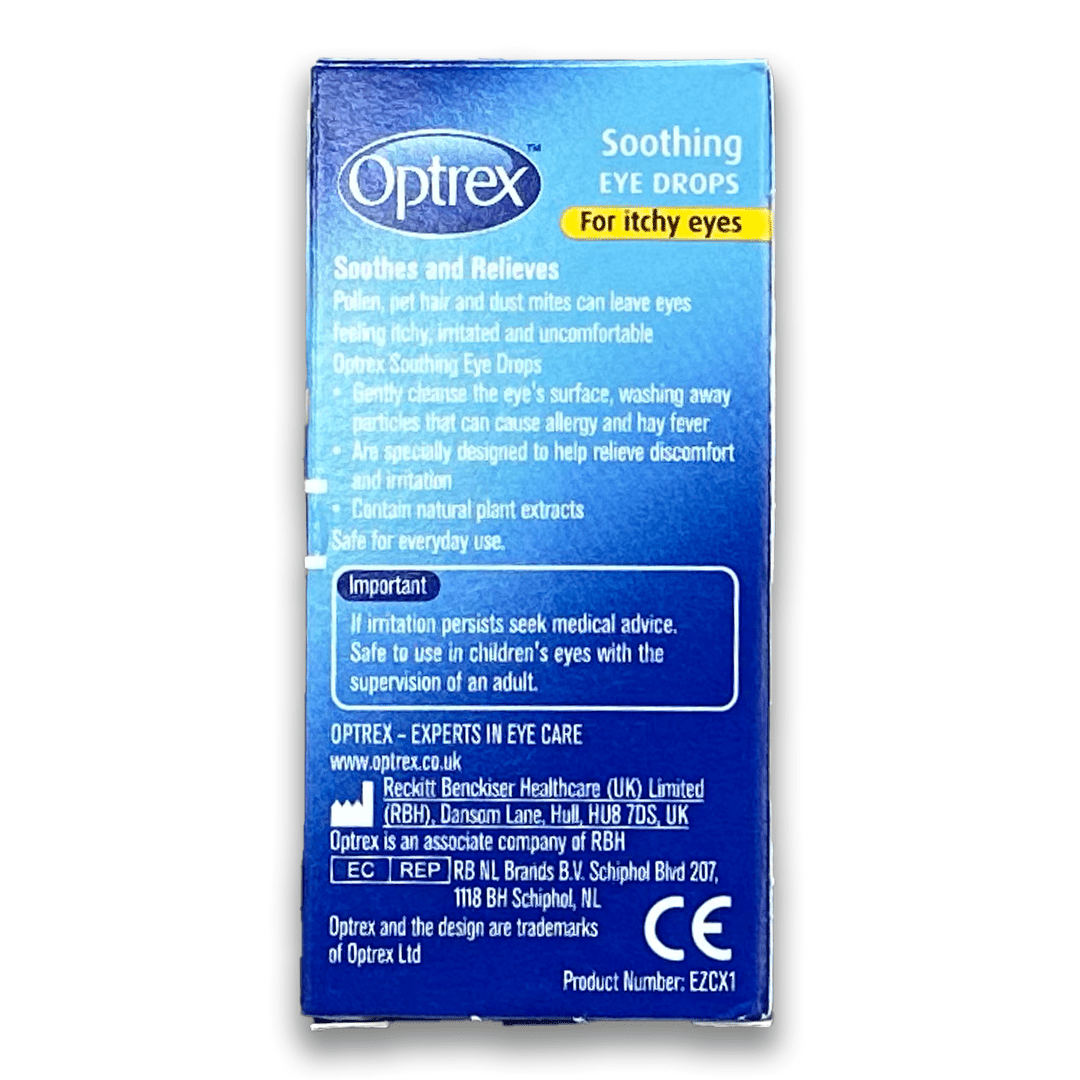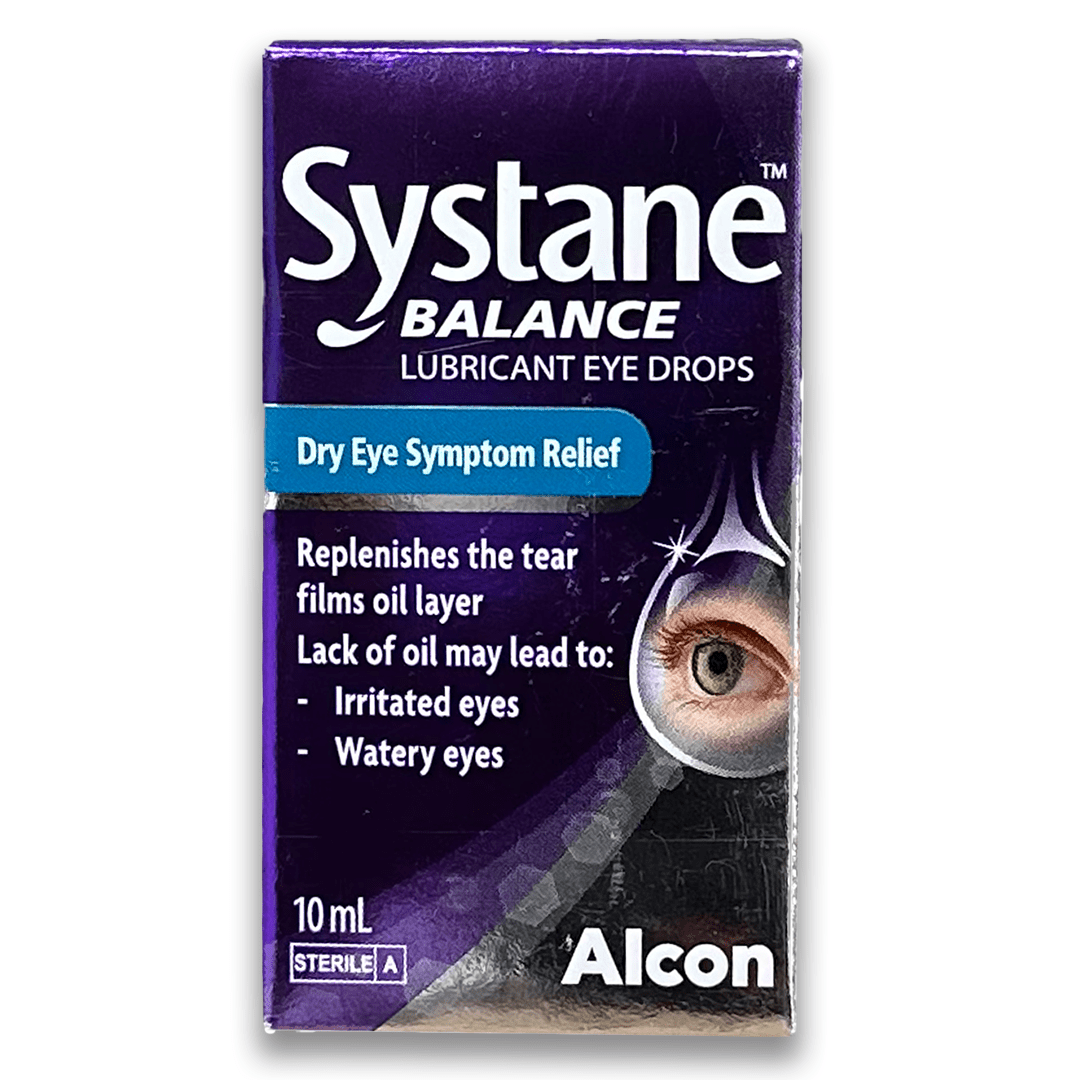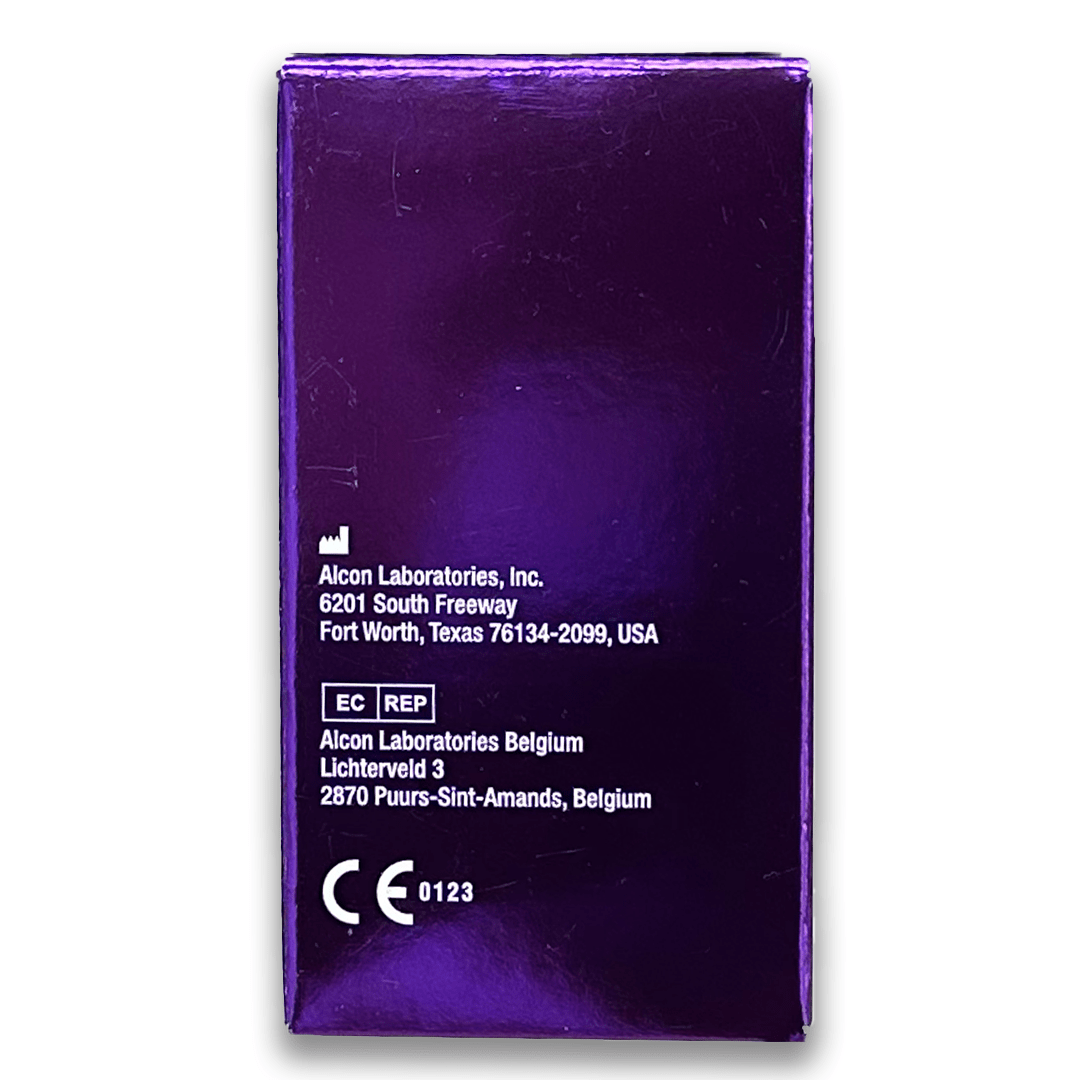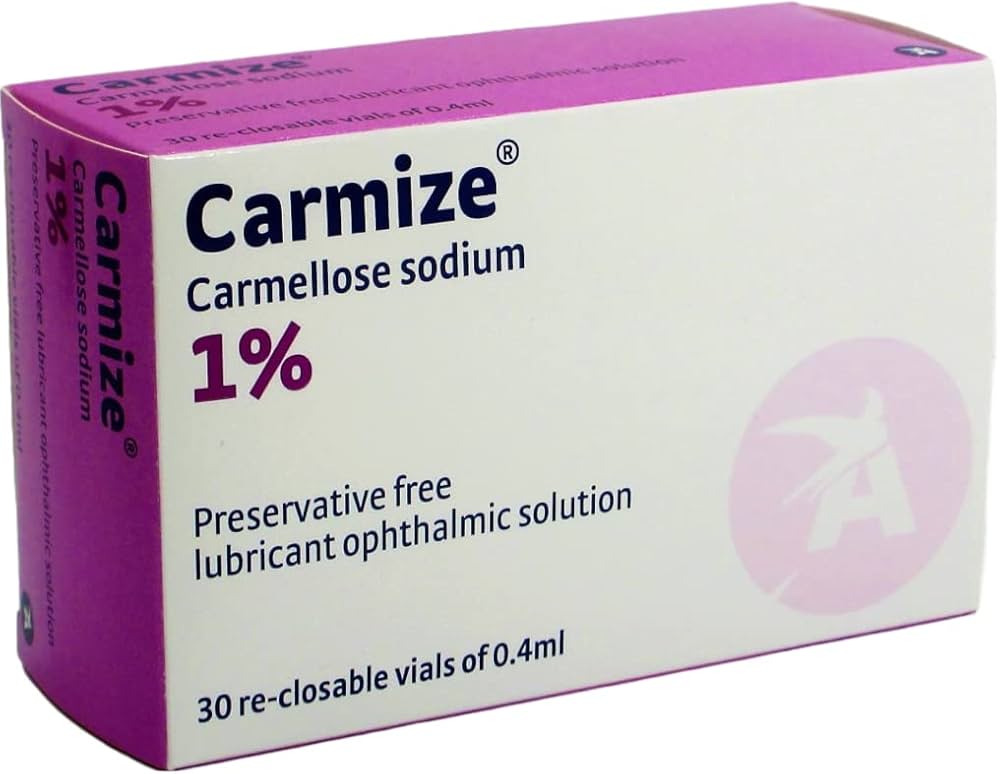Understanding the underlying causes of medical eye problems is essential for effective management and prevention. Here are some of the key causes associated with various eye conditions:
1. Cataracts
Description: Cataracts are the clouding of the eye's natural lens, leading to blurry vision and visual impairment.
Causes: Cataracts primarily develop with age but can also result from factors such as genetics, diabetes, smoking, and excessive exposure to sunlight.
2. Glaucoma
Description: Glaucoma is a group of eye conditions that damage the optic nerve, often leading to irreversible vision loss.
Causes: The exact cause of glaucoma is not always clear, but high intraocular pressure is a significant risk factor. Genetics, age, and certain medical conditions can also contribute.
3. Age-related Macular Degeneration (AMD)
Description: AMD affects the macula, a small part of the retina, causing central vision loss.
Causes: Aging is the primary cause of AMD. Genetics, smoking, and a high-fat diet may increase the risk.
4. Diabetic Retinopathy
Description: Diabetic retinopathy is a complication of diabetes that damages the blood vessels in the retina.
Causes: High blood sugar levels associated with diabetes are the main cause. Poorly managed diabetes and long-term diabetes increase the risk.
5. Dry Eye Syndrome
Description: Dry eye syndrome occurs when the eyes do not produce enough tears or the tears evaporate too quickly, leading to discomfort and vision problems.
Causes: Aging, certain medications, environmental factors (e.g., dry climate), and medical conditions like Sjögren's syndrome can contribute to dry eye syndrome.
6. Conjunctivitis (Pink Eye)
Description: Conjunctivitis is the inflammation of the conjunctiva, the thin membrane covering the white part of the eye and inner eyelids.
Causes: Viral or bacterial infections, allergens, and irritants such as smoke or chlorine in swimming pools can cause conjunctivitis.
